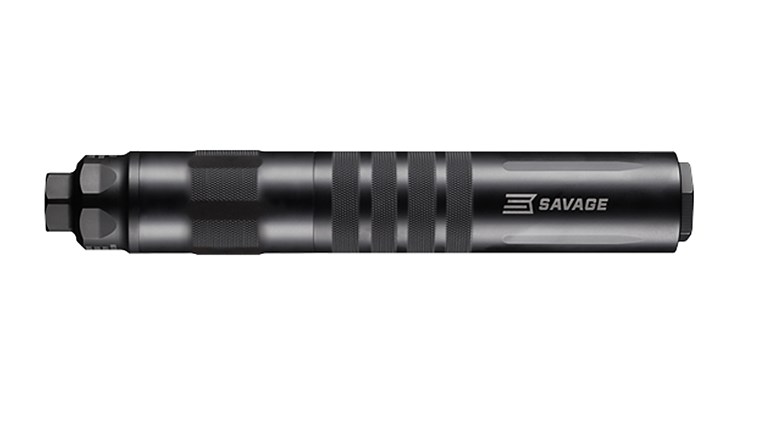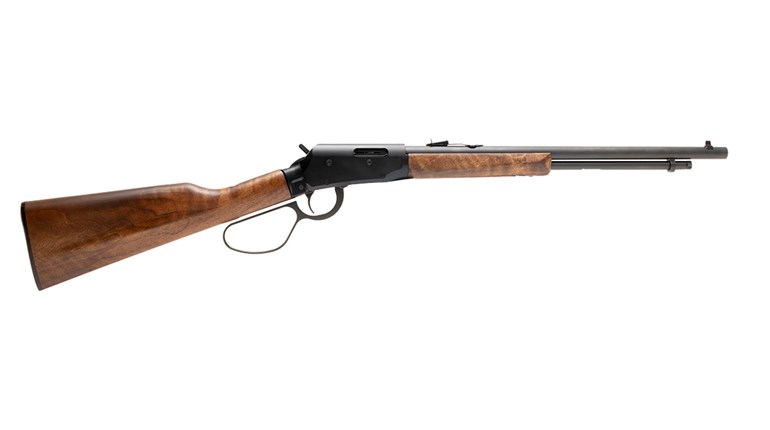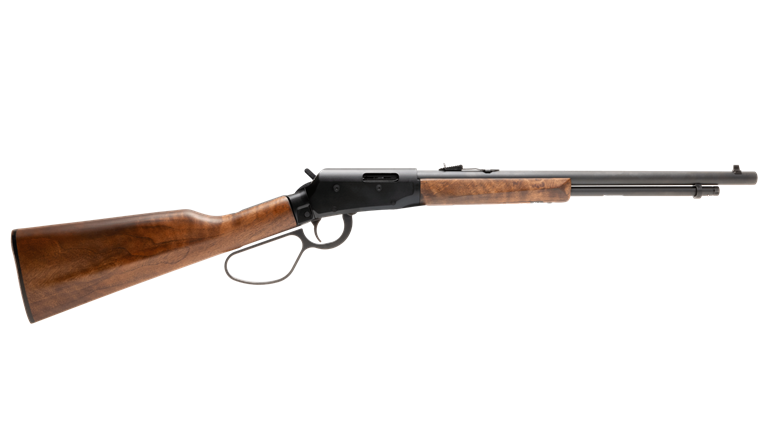Chances are, if you're in the market for a fine off-the-shelf rifle, Savage Arms has what you're looking for. If not, just ask for the royal treatment. Tucked inside Savage's massive manufacturing facility in Massachusetts is a little-known gun builder's kingdom called the special order department. There, Savage creates firearms customers want but simply can't find on the shelves of local gun stores.
If you want a Savage built just a wee bit differently than the masses, speak with Effie Sullivan. Effie has been the initial voice of the specialty shop's customer service desk for more than 30 years. Bill Dermody, director of marketing for Savage, lovingly refers to her as "the Queen of the Special Order Department," but Effie treats each customer like royalty. Conversations with Effie are efficient because her experience and search-engine-like memory let customers know if the firearm they want can be built, how long it will take and, of course, how much it will cost.
However, there's a big difference between the special order shop and a full-fledged custom gun shop, notes Dermody. "We're not set up to do truly custom work like a custom gun shop. We're limited," he says. "If we never offered it before or if what the customer wants is an impossible combination, like the parts simply won't fit together, then we aren't going to be able to fulfill the customer's request."
Dermody explains the Special Order Department caters to customers who want a Savage with a little tweak to what's available from the production line. Options include getting a left-handed rifle not listed in the catalog, reconfiguring an existing rifle using parts from other compatible models, or simply chambering a rifle for a cartridge long forgotten by mainstream hunters and shooters.
Recently I put the Special Order Department to the test by calling Effie to see if Savage could build a rifle chambered in the barely known German sledgehammer round of 9.3x62mm Mauser. The 9.3x62mm was first engineered by German craftsman Otto Bock around 1905, just a few years after the 1898 Mauser rifle was introduced. Bock developed the .366-caliber thumper for hunters and settlers who needed a rifle chambered for a non-military cartridge that was suitable for game in Europe and Africa. Some countries, both then and now, outlaw military cartridges for civilians in an attempt to stop uprisings and rebellions. While the 9.3x62 may make an eland feel like it got hit by an army, military forces have never chambered service rifles for it.
For Americans, the 9.3x62 is easy to explain: It packs a bit more punch than the .35 Whelen but is not quite the beast most consider the .375 H&H to be. Riflemen shooting the 9.3 usually push the popular 286-grain bullet around 2350 fps for more than 3,500 foot-pounds of energy. Factory loads for the cartridge use bullets ranging from 250 grains up to 300 grains. Norma Precision's Dr. Don Heath, who spent decades hunting Africa with the 9.3x62mm, validated its reputation by saying the non-magnum round was "used for rabid dogs initially, and after that on anything." Heath went on to mention the 9.3 was versatile enough to handle 5-pound dik-dik to 5-ton elephant.
I figured it should work just fine for mule deer, and my future with a 9.3x62 in a Savage hinged on Effie Sullivan. To Effie's credit, I don't think she paused to take a breath as she immediately rattled off Savage's history with the medium-bore caliber.
"Yes sir," she said, "we can build that rifle for you based on our Euro version of our Model 111, which we chambered in 9.3x62mm Mauser for some European customers. It will come blued, with a detachable box magazine, iron sights and in our synthetic Accustock. We can have it built for you in about six to eight weeks." She wasn't reading from a script.
True to her word, the rifle arrived just in time to head to Idaho on my first mule deer hunt. Stocked with a black Accustock, the rifle was blued from head to toe with a stubby 20-inch barrel topped with honest-to-goodness iron sights, a massive bolt handle and the sweetest trigger I've ever squeezed. The build sheet, which comes with any special-order rifle from Savage, showed me more than 30 independent quality checks, including a target with a sub-MOA 100-yard group that proved the rifle knew what it was doing.
Dermody notes, though, that rifles assembled in the special-order shop are no better built than any other Savage rifle. "We build all of our rifles to the same standards; special-order rifles are just built in a batch of one," he explains.
With Bushnell's Elite LRHS 3X-12X-44mm riflescope topping the special-order Model 111, I was able to duplicate Savage's results. In fact, four brands of factory ammunition loaded with 286-grain bullets, plus a handload, all grouped five shots into less than an inch at 100 yards. The Nosler Custom Nosler Partition load gave the best results with an average group size of .75 inch, but Barnes Vor-Tx Barnes TSX, Federal Premium Safari Barnes TSX and Hornady Dangerous Game Interlock all shot sub-MOA. Muzzle velocities ranged from 2221-2334 fps. My handload used a North Fork Technologies SS bullet and Varget powder for an average muzzle velocity of 2242 fps and an average group size of .83 inch.
While the rifle was very accurate and the 9.3x62mm hits like the Hammer of Thor, the heavy bullet also flies like a medicine ball. Cross-canyon shots at mule deer were out for me. After two weeks of climbing over miles of sage, stepping on countless cactuses, and running into more moose than I would see at a Bullwinkle convention, this Virginian added one more animal to Otto Bock's 9.3 resume. On the last day of my Idaho hunt and right at the end of legal shooting light, the biggest deer I've ever seen—muley or whitetail—appeared out of nowhere. After a 286-grain injection of copper and lead, the buck collapsed instantly.
As rare as a nice mule deer buck may be, the Savage 9.3x62mm rifle I used apparently is even rarer. According to Dermody, my Model 111 Euro 9.3x62mm rifle is the first one ever ordered by a domestic customer, which makes me feel like a king.
For more information about Savage special-order possibilities, go to SavageArms.com.



































